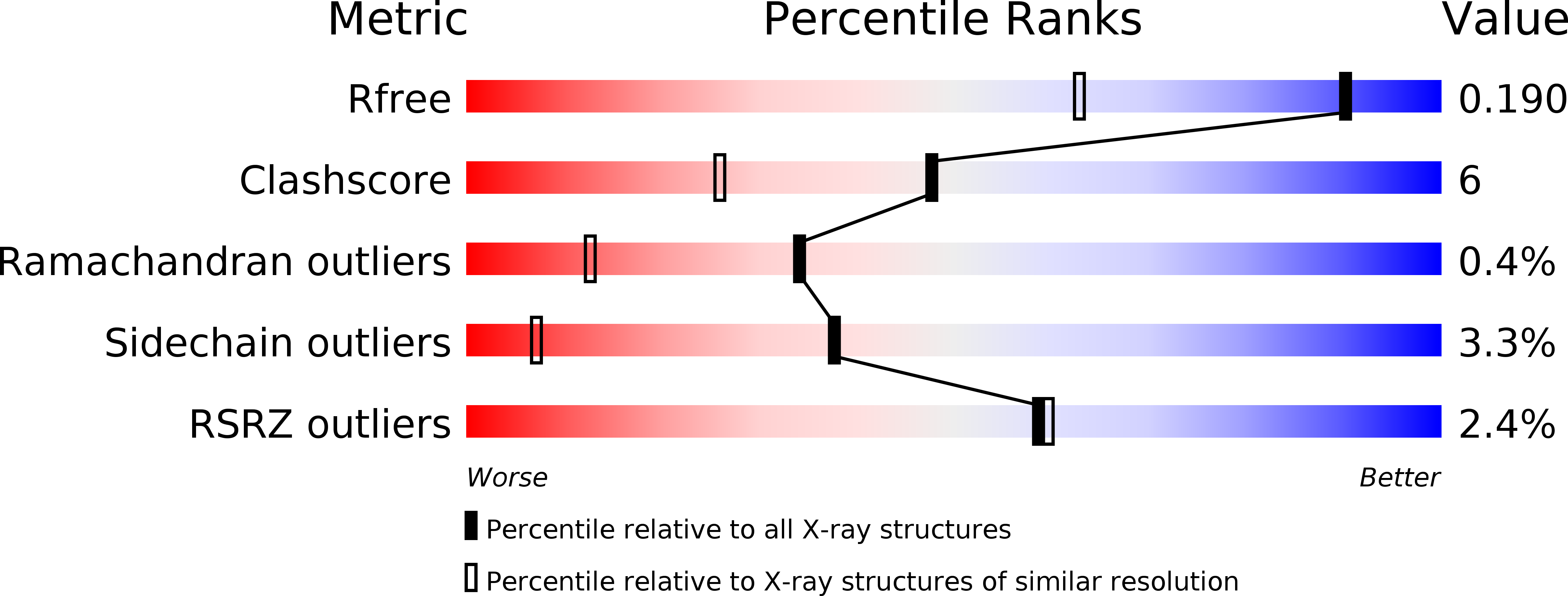
Deposition Date
2014-04-24
Release Date
2014-05-14
Last Version Date
2024-02-28
Entry Detail
PDB ID:
4Q7E
Keywords:
Title:
Non-phosphorylated HemR Receiver Domain from Leptospira biflexa
Biological Source:
Source Organism:
Leptospira biflexa serovar Patoc (Taxon ID: 355278)
Host Organism:
Method Details:
Experimental Method:
Resolution:
1.44 Å
R-Value Free:
0.18
R-Value Work:
0.14
R-Value Observed:
0.14
Space Group:
P 21 21 21


